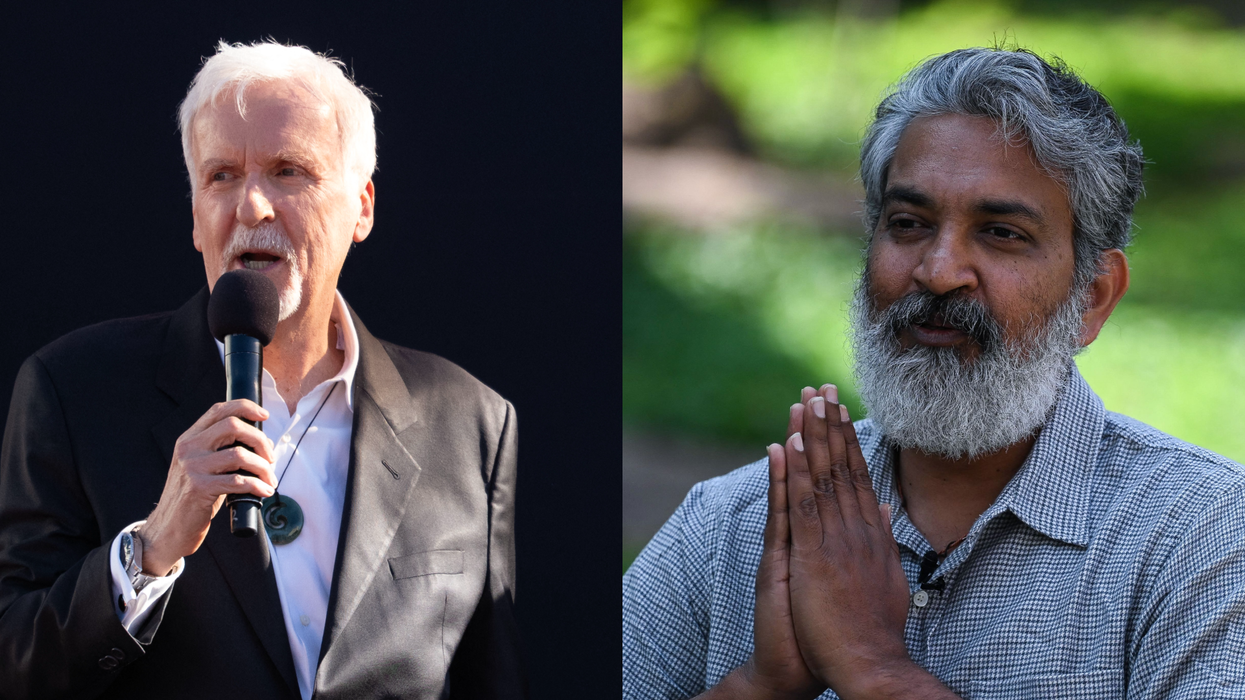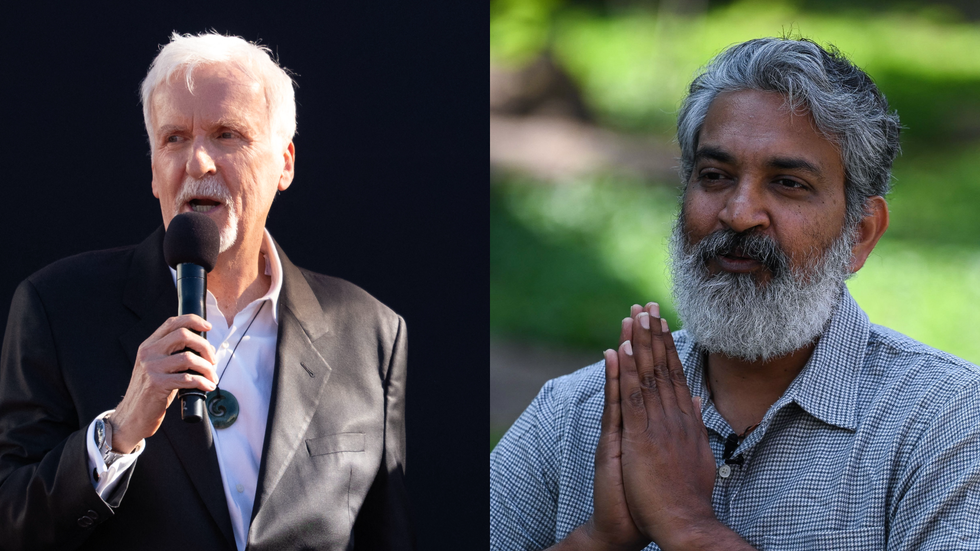YOUNG London-based artist Amina Malik recently launched her own gallery in the South Norwood district of London.
The Amina Malik Art Gallery opened with a group exhibition featuring the work of four artists, including her own, and has already received a positive response. Apart from contributing to her local community through arts, she is hoping to create a platform and meeting point for creative people.
Eastern Eye caught up with Amina Malik to talk about art, her newly opened gallery and inspirations.
What first connected you to art?
As a child, I always enjoyed drawing, but it wasn’t till I began drawing inspiration from the religion I followed (at the time) that I first consciously felt a connection.
What inspired you to open a gallery?
Opportunity! I was looking for a studio and this space became available. It was bigger than I needed, but it felt like a good opportunity to incorporate a gallery and events space for other creative people, while bringing a fun space to the local community.
Tell us about the gallery?
Our vision is to provide a diverse space for like-minded artists to showcase their talent, while bringing more opportunity for the local community to interact and come together in a creative environment.
Tell us about the artists being exhibited?
Exhibiting at our first exhibition Divine Stroke are Rahima Begum, Samir Malik, Umer Murtaza and myself. Each of the artists has their own unique style. The works currently exhibiting at the gallery are inspired by what the artists perceive as spiritual experience. To feel the art you need to see it in person so mosey on over. Divine Stroke runs till Christmas and the theme is art created through spiritual experience.
Tell us about your own artwork?
My artwork is an introspection. I don’t talk about it a lot and prefer people to see them in person to feel their own experiences.
Where do you draw your artistic inspirations from?
Inspiration is both outward and inward, but I’m unable at this point to pinpoint where precisely it comes from.
What are the plans for your gallery?
To nurture a creative environment for individuals looking for a space to give room for their creative spirit to grow. Specifically, to host events from all walks of artistic paths.
How do you balance running a gallery with being an artist?
As it’s a new gallery, I haven’t managed to find my balance yet, but I’ll get there.
Which artist is your hero?
I don’t have a hero-artist. There are many I admire, and I appreciate the variety.
Why is art important?
Art crosses all human-made boundaries. We may appreciate different forms and some forms the admirer may not even call art. But there’s a beauty in creative expression that reaches hearts. And it’s the reaching hearts that’s important.
Why do you love art?
In other people’s art, I enjoy details. I enjoy contemplating the thought process and looking for the strokes that formed a piece of art and the construction. In my own art, there’s a freedom in creating that my soul finds delight in and I love how that feels. But I don’t create art because I love art, I do it because I must. There’s an urge that I can’t quite articulate.
Amina Malik Gallery, 28 Station Road, London SE25 5AG. Visit Twitter, Instagram & Facebook: @aminamgallery





 James Cameron offers to film sequences for SS Rajamouli’s 'Varanasi' during production Getty Images
James Cameron offers to film sequences for SS Rajamouli’s 'Varanasi' during production Getty Images 






